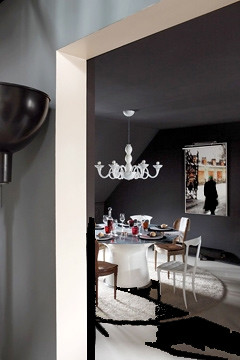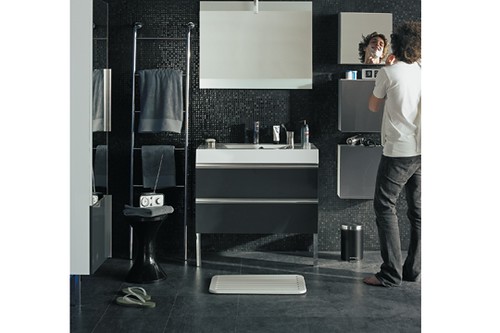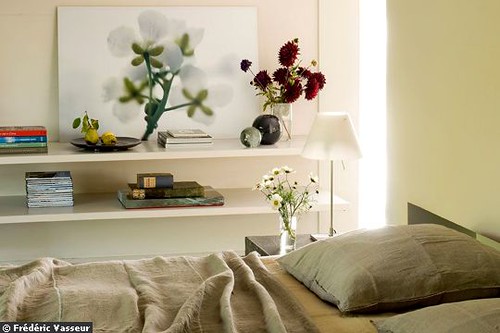Carolyn Boyd is a lovely property writer who took over one of my favourite alltime gigs, blogging for Domain.com.au. She wrote a story a few weekends ago about the Top 10 renovating mistakes, and her advice was pretty good. You can read the full story here, but the summary of her tips include:
Ten ways to devalue your property
1. Worry about the Joneses — loss $40,000
A renovation that gives you the best house in the street could leave you out of pocket. The streetscape and
neighbours’ houses influence resale value and sensible renovations should take this into consideration.
2. Ugly little brother — loss $28,000
Don’t add an extension without thinking carefully about the exterior. Renovations should be sympathetic to the original building.
3. Spending too much — loss $25,000
Going over the top on expensive fittings such as imported cooktops, taps, door handles and tiles can burn a hole in your pocket. Purchasers often don’t like the previous owner’s choices and won’t be prepared to pay extra for them.
4. No playground, no barbecue — loss $18,000
The trend is for outdoor living, so try to create a usable outside space.
5. Suburban desert — loss $20,000
Removing trees can cause more damage to a property than if you left them in place. A large, attractive tree can add $10,000 to $15,000 to the value in some areas.
6. Illegal building — loss $30,000
In some suburbs, one-quarter of all houses have an illegal extension. It can cost $30,000 or more to make
it comply with regulations.
7. Faulty structure — loss $25,000
When installing new kitchens and bathrooms, check that the subfloor structure is sound. Some new kitchens are destroyed in the first four years by subsidence.
8. Do it yourself — loss $18,000
Installing your own wiring and plumbing is illegal and can be dangerous.
9. Expensive rip-offs — $8000
Archicentre warns that underpinning to remedy brick cracking may not be the best option. In many cases, low-cost watering systems and tree pruning do the job and underpinning will cause more cracks in other parts of the house.
10. The house that Jerry built — $12,000
Joining the renovation on to the existing building in an unsatisfactory way can result in major cracks appearing because of incompatible structural systems.
Related renovation stories:


























